Introducing a reptile to a new environment requires careful planning and execution to ensure their health, safety, and comfort during the transition. Whether you’re bringing home a new pet, moving your existing reptile to a different enclosure, or relocating entirely, the process demands attention to detail and understanding of reptilian needs. Reptiles are particularly sensitive to environmental changes, with their well-being directly tied to habitat conditions like temperature, humidity, and layout. This comprehensive guide will walk you through the essential steps and considerations for safely transitioning your cold-blooded companion to new surroundings, minimizing stress while maximizing their chances of thriving in their new home.
Understanding Reptile Stress and Adaptation

Reptiles experience stress differently than mammals but are nonetheless significantly affected by environmental changes. When introduced to new surroundings, reptiles commonly display behaviors such as refusing food, hiding excessively, aggressive posturing, or unusual coloration that indicates distress. Unlike mammals that might vocalize or show immediate behavioral changes, reptiles often demonstrate stress through subtle physiological responses that can lead to compromised immune systems and health issues if prolonged. The adaptation period varies considerably among species – while some geckos might adjust within days, larger reptiles like certain monitors or tortoises could require weeks or even months to fully acclimate. Understanding that this adjustment period is normal and necessary helps owners set realistic expectations and provide appropriate support during the transition.
Research Your Specific Species’ Requirements
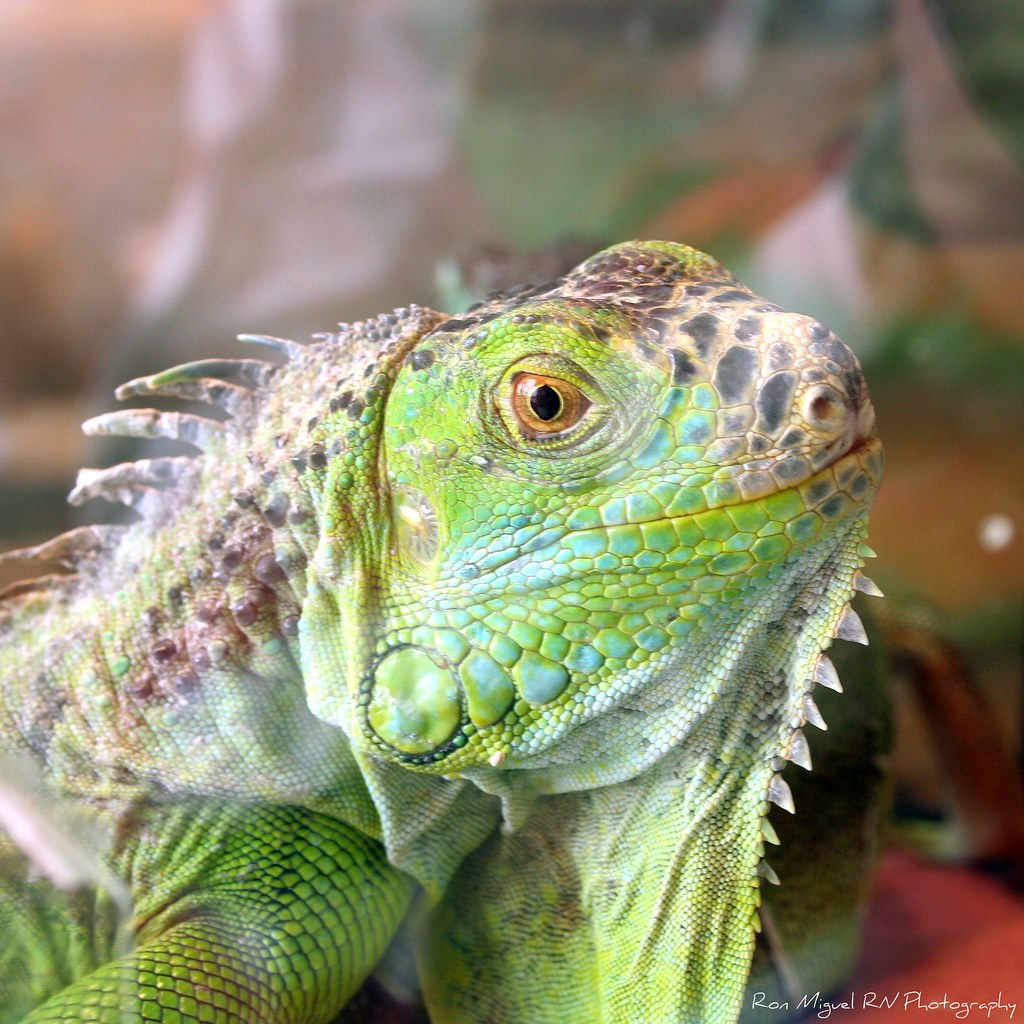
Before introducing any reptile to a new environment, thorough research about your specific species is absolutely essential. Different reptiles have dramatically varied needs – desert species like bearded dragons require low humidity and high temperatures, while tropical species such as certain geckos or chameleons need high humidity levels and moderate temperatures. Substrate preferences also differ significantly, with burrowing species requiring deeper, looser substrates compared to arboreal species that prioritize climbing structures. Additionally, understanding natural behaviors like territoriality, social structures, and activity patterns will inform how you should arrange the new habitat and manage the introduction process. Species-specific research should include consultation with reputable care guides, veterinarians specialized in reptiles, and experienced keepers of the same species to ensure you have comprehensive knowledge.
Prepare the New Environment in Advance

Setting up the new enclosure well before introducing your reptile is crucial for a successful transition. The habitat should be completely assembled, decorated, and running properly for at least 48-72 hours prior to moving your pet. This preparation period allows you to test and adjust temperature gradients, humidity levels, lighting cycles, and verify that all equipment functions correctly. During this time, measure temperatures at various points in the enclosure using multiple thermometers to ensure proper thermal gradients, and monitor humidity levels consistently throughout the day and night. Additionally, this period allows potentially harmful chemicals in new materials to off-gas, reducing the risk of respiratory irritation when your reptile arrives. A thoroughly tested environment significantly reduces the variables your reptile must adapt to during the already stressful transition period.
Creating Familiar Elements in the New Habitat
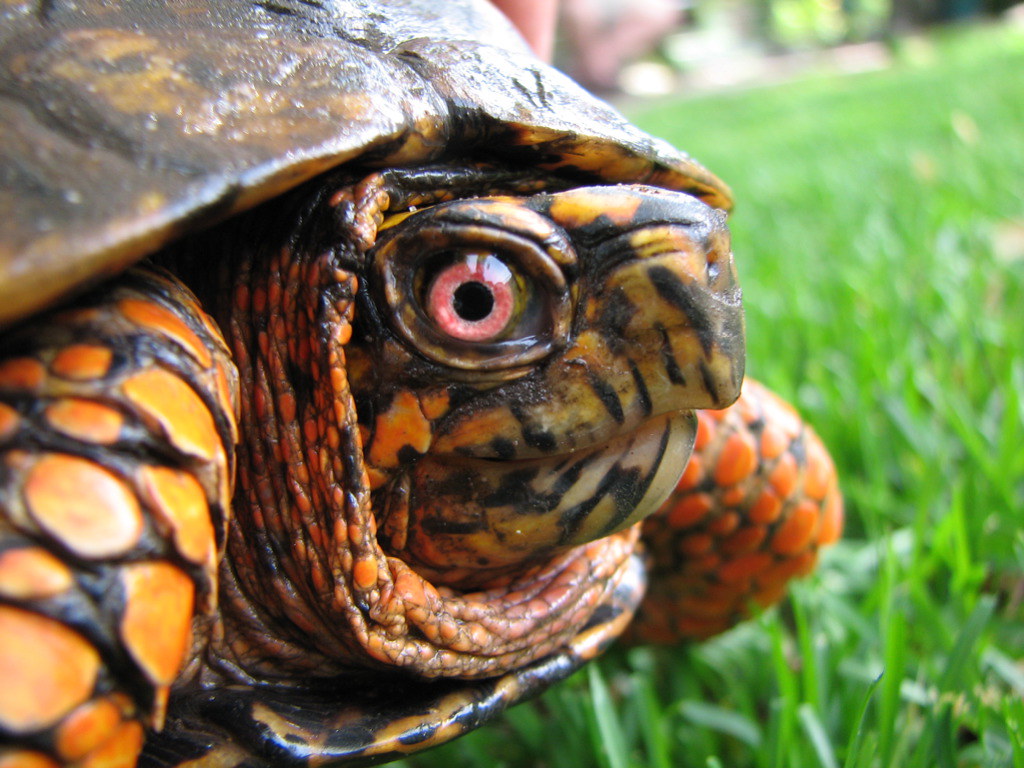
Incorporating familiar items from your reptile’s previous environment can substantially ease the transition to a new home. When possible, transfer some of the existing substrate, hiding spots, favorite basking areas, or climbing branches that carry your reptile’s scent and familiar bacteria. These items provide both psychological comfort and help maintain consistent gut flora by preserving some of the beneficial microorganisms from their previous habitat. For reptiles being moved from one enclosure to another within the same home, using their existing food and water dishes further reinforces familiarity in the new space. If acquiring a new reptile from another keeper, requesting a small sample of their current substrate or a hide they’ve been using can provide this same benefit. Creating these “comfort connections” between old and new environments helps reptiles recognize the new space as their territory more quickly.
Transport Considerations for Safe Relocation

Properly transporting your reptile is a critical step that significantly impacts how they’ll adjust to their new environment. Use an appropriately sized, secure container with adequate ventilation that restricts movement enough to prevent injury but isn’t cramped. For shorter moves, a simple plastic container with air holes and some paper towels for substrate is often sufficient, while longer journeys may require insulated containers with heat packs (in cold weather) positioned so the animal can move away if too warm. The transport container should be dark or covered to reduce visual stress, and for many species, including a hide or piece of cloth provides security during the journey. Temperature management during transport is particularly crucial – avoiding extreme heat or cold by keeping the container in a climate-controlled environment and monitoring temperature throughout the journey helps prevent potentially fatal temperature-related stress.
The Correct Introduction Method
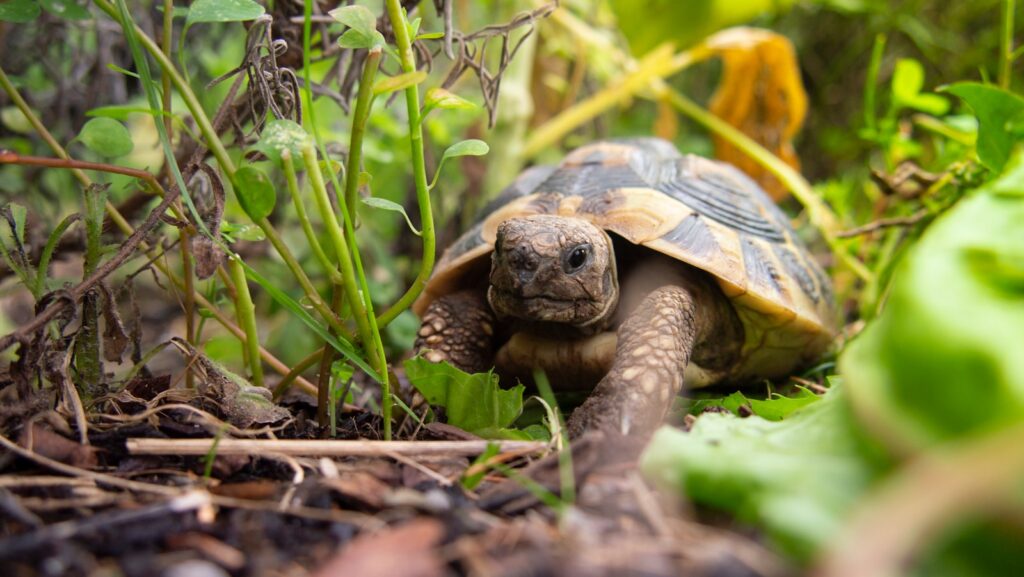
When finally introducing your reptile to their new home, the proper technique can dramatically influence how quickly they adjust. Place the transport container inside the new enclosure and allow your reptile to exit at their own pace rather than handling them directly into the new space. This self-directed approach gives them control over the exploration process and reduces the association between handling stress and the new environment. For particularly nervous species, performing the introduction during their natural active period when they’re most likely to explore is beneficial – nocturnal species should be introduced in the evening, while diurnal species do better with morning introductions. After the initial introduction, minimize unnecessary disturbances for at least 48-72 hours, allowing observation only from a distance to give your reptile time to investigate and establish territory within their new home.
Temperature and Humidity Management

Maintaining precise temperature gradients and humidity levels is perhaps the most critical aspect of helping reptiles adjust to new environments. Temperature impacts everything from digestion and immune function to activity levels and stress responses in reptiles. Ensure that the new environment offers appropriate basking spots, ambient temperatures, and cooler retreats that match your species’ requirements exactly. Similarly, humidity requirements must be met through appropriate substrate choices, regular misting, water features, or humidity control systems depending on species needs. Both parameters should be monitored multiple times daily during the transition period using reliable digital thermometers and hygrometers placed at different levels within the enclosure. For species with narrow acceptable ranges, such as certain chameleons or specialized desert reptiles, automated controllers that maintain consistent conditions may be worth the investment to reduce stress during the adjustment phase.
Monitoring Feeding and Hydration
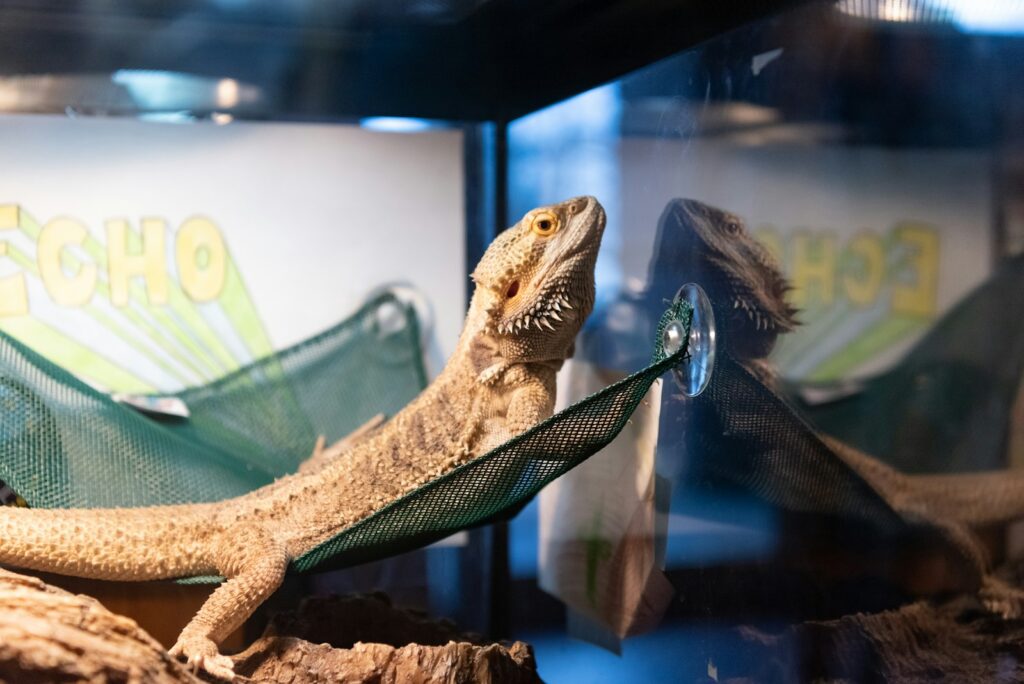
Many reptiles temporarily reduce or cease feeding when introduced to new surroundings, a natural stress response that shouldn’t cause immediate concern. Continue offering appropriate food items on the regular schedule your reptile is accustomed to, but don’t be alarmed if they refuse for several days or even weeks, depending on the species. Proper hydration, however, remains critical even during adjustment periods – ensure fresh water is always available in a form appropriate for your species (bowl, dripper system, or misting for species that don’t drink from standing water). Monitoring weight using a small digital scale can help ensure your reptile isn’t losing significant mass during adjustment periods. For reptiles refusing food beyond their normal fasting capabilities, offering favorite food items, slightly warming prey items for carnivores, or temporarily increasing movement of feeder insects can sometimes entice reluctant eaters while they adjust to their new surroundings.
Recognizing Signs of Successful Adjustment
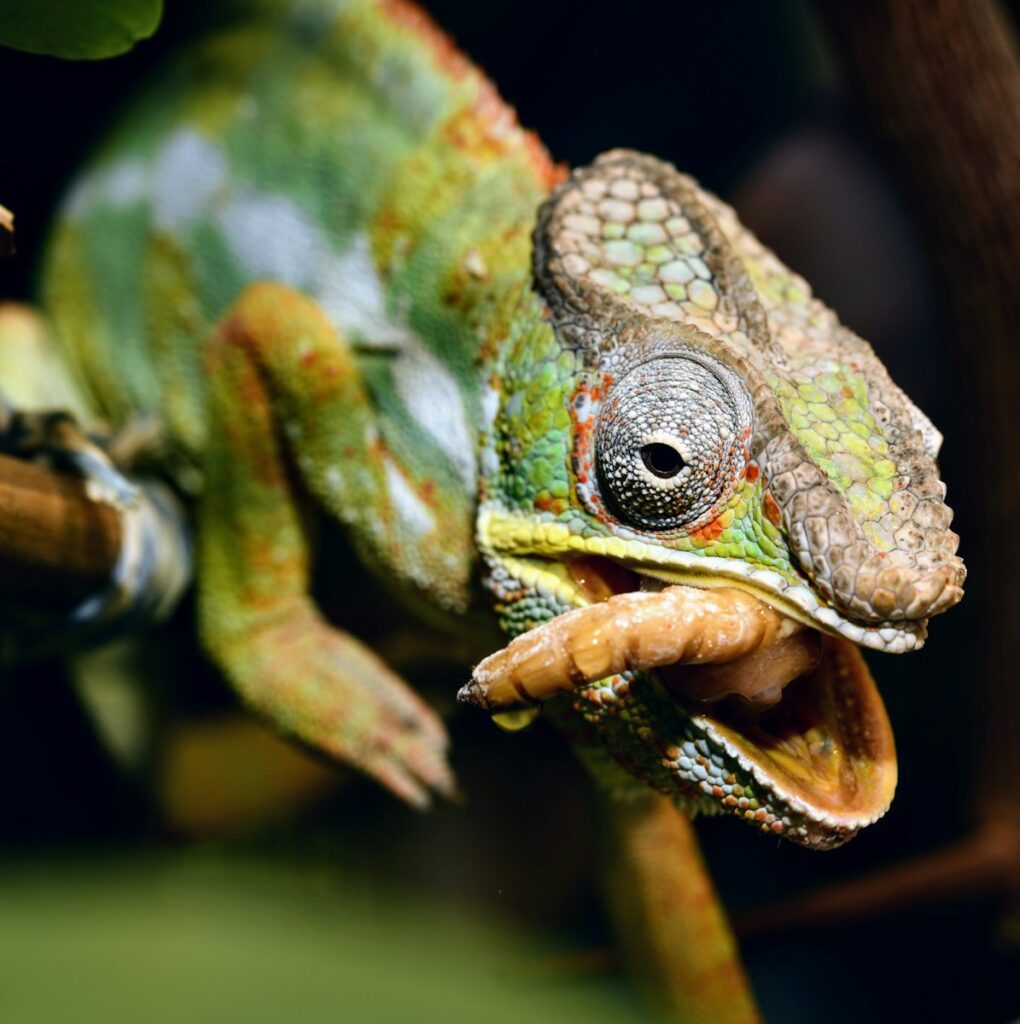
Successfully adjusted reptiles display distinctive behavioral patterns that indicate comfort in their new environment. Look for normal feeding responses, regular use of various habitat areas (not just hiding), appropriate basking behavior, normal defecation, and species-typical activity levels as positive indicators. Many reptiles will begin to demonstrate territorial behaviors once comfortable, such as males displaying breeding colors or behaviors, females exploring nesting areas, or individuals establishing regular patrol routes through their enclosure. Physical indicators of good adjustment include maintained or increasing weight, proper shedding cycles, clear eyes and nostrils, and appropriate muscle tone during movement. The timeline for observing these positive signs varies dramatically by species – smaller reptiles typically adjust more quickly (days to weeks), while larger or more specialized species may take months to display all normal behaviors in a new environment.
Addressing Persistent Adjustment Problems
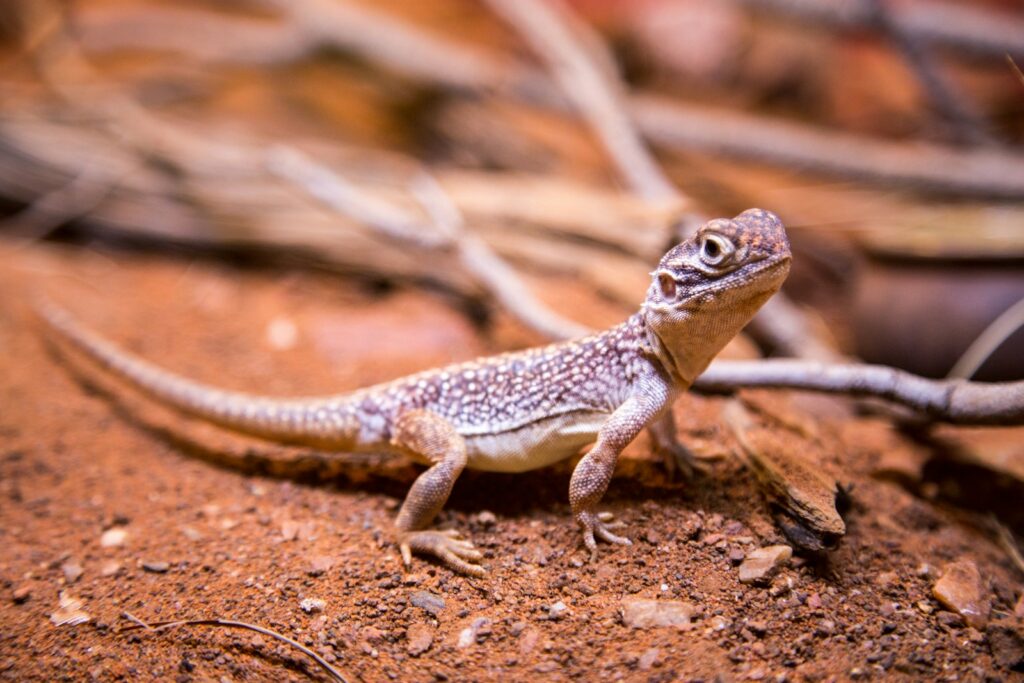
When reptiles struggle to adapt to new environments despite proper setup and introduction techniques, systematic troubleshooting is necessary to identify and resolve underlying issues. Begin by verifying all environmental parameters with multiple measuring devices, as equipment failure or inaccurate readings could be creating imperceptible problems. Examine habitat layout to ensure adequate hiding spots, proper spacing between thermal zones, and appropriate climbing or burrowing opportunities for your species. Consider less obvious stressors like vibrations from nearby equipment, reflective surfaces causing territorial responses, or visual exposure to household activity, predators, or other pets. For reptiles showing signs of serious distress despite adjustments, consulting an experienced reptile veterinarian is essential, as stress can mask or exacerbate underlying health conditions that might be complicating the adjustment process.
Special Considerations for Different Reptile Groups
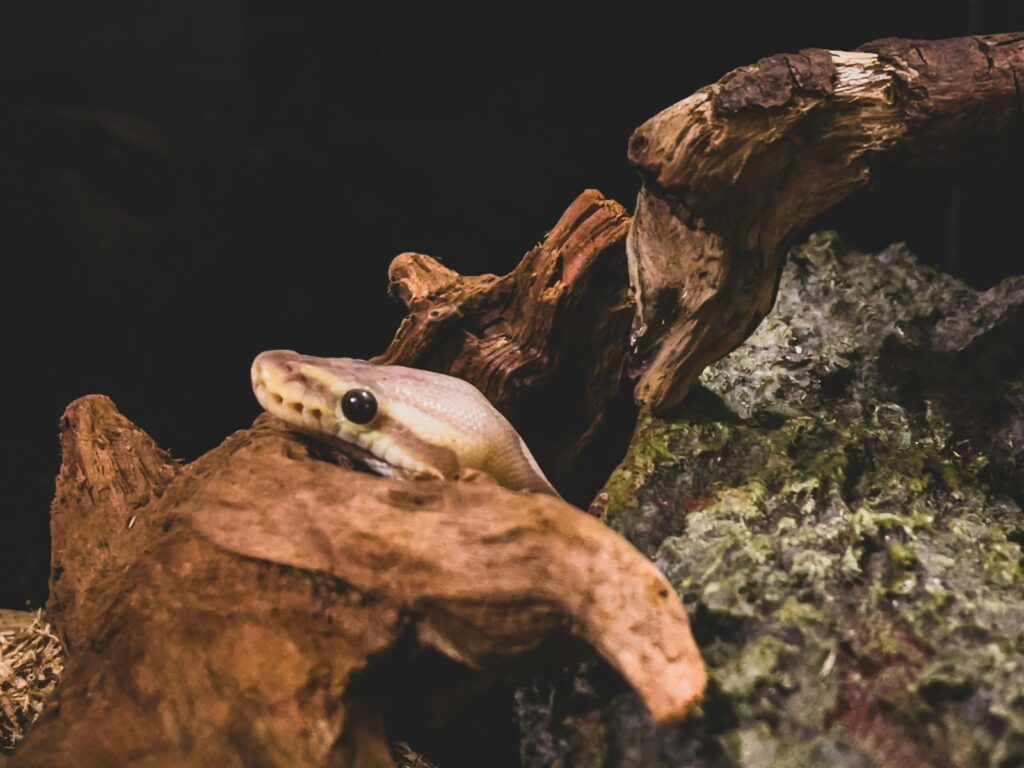
Different reptile classifications have unique considerations when adapting to new environments. Snakes typically benefit from smaller initial enclosures within their permanent habitat, gradually increasing available space as they become comfortable, while also requiring secure lid fixtures as many species are escape artists when stressed. Lizards often need particular attention to UVB lighting placement and basking temperatures, with arboreal species requiring more vertical space and adequate climbing structures compared to terrestrial species that prioritize ground area. Chelonians (turtles and tortoises) typically need more time to adjust than other reptiles, benefiting from consistent daily routines and minimal changes to their environment once established. Crocodilians, though uncommon as pets, require extraordinary safety precautions during transitions and professional-level habitat preparation due to their potential danger and specific needs. Understanding these group-specific tendencies helps tailor the introduction process appropriately for different types of reptilian pets.
Long-term Success Through Gradual Changes

Once your reptile has successfully adjusted to their new basic environment, implementing any additional changes should happen gradually to maintain their comfort and confidence. When adding new decorations, rearranging habitat features, or introducing new lighting or heating elements, change only one element at a time with several days to a week between modifications. This methodical approach prevents overwhelming your reptile with multiple simultaneous changes that could trigger renewed stress responses. Similarly, any routine adjustments like seasonal temperature cycling, breeding preparation, or diet variations should be implemented through small incremental changes rather than sudden shifts. This gradual approach respects reptiles’ evolutionary adaptation to environments that change slowly with seasons rather than abruptly, and supports their natural ability to adjust metabolic and behavioral patterns accordingly.
Creating a Maintenance Schedule for Optimal Conditions
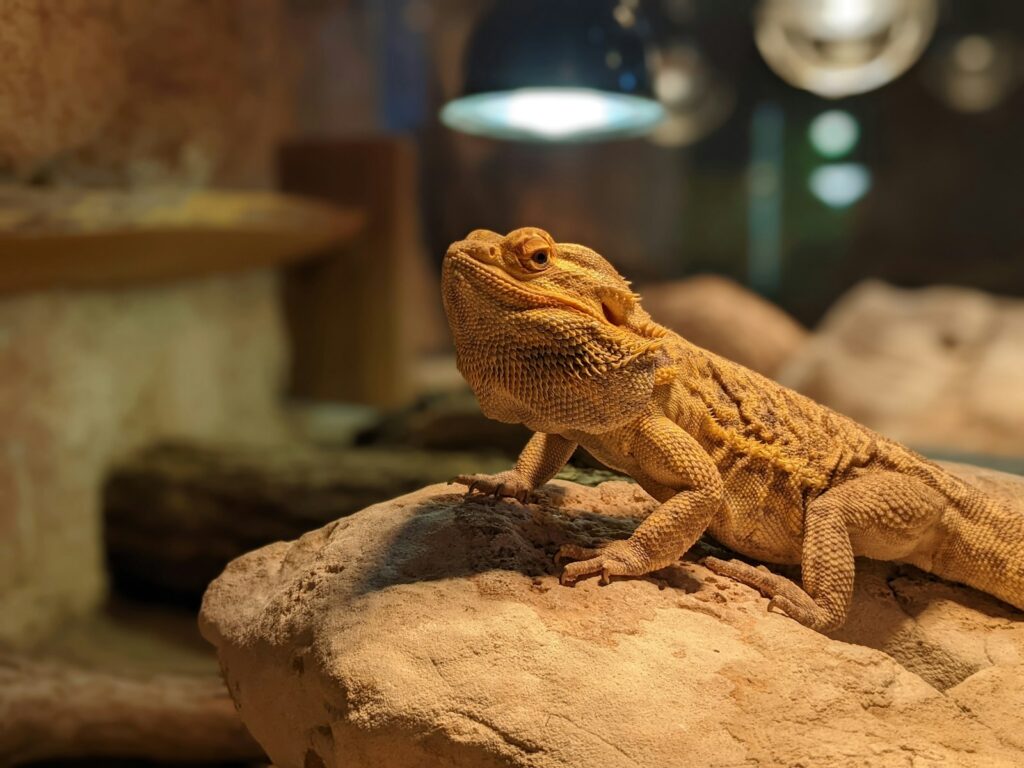
Establishing a consistent maintenance routine helps preserve optimal conditions in your reptile’s new environment and prevents gradual deterioration that could cause stress or health issues. Develop a schedule that includes daily tasks like spot cleaning, temperature checks, and fresh water provision, alongside weekly deep cleaning of water features, substrate maintenance, and equipment inspection. Monthly maintenance should address filter replacements, substrate changes, deep disinfection of fixtures, and thorough inspection of all heating and lighting elements for functionality and proper output. Additionally, maintain a written log of environmental parameters, feeding responses, weight measurements, and behavioral observations, particularly during the first few months in a new environment, to help identify patterns or potential concerns. This systematic approach to habitat maintenance ensures that your reptile’s new environment remains optimal for their long-term health beyond the initial introduction period.
The successful introduction of reptiles to new environments requires patience, attention to detail, and respect for each species’ unique needs. By methodically preparing the habitat, minimizing stress during transport, and allowing appropriate adjustment time, you provide your reptilian companion the best opportunity to thrive in their new surroundings. Remember that reptiles operate on different timelines than mammals, and their subtle behavioral cues require careful observation to interpret correctly. Through proper research, preparation, and ongoing care, most reptiles can successfully adapt to new environments and provide their owners with years of fascinating companionship. Whether you’re setting up a habitat for a new pet or moving an established one, these guidelines will help ensure a smooth transition and continued well-being for these remarkable animals.

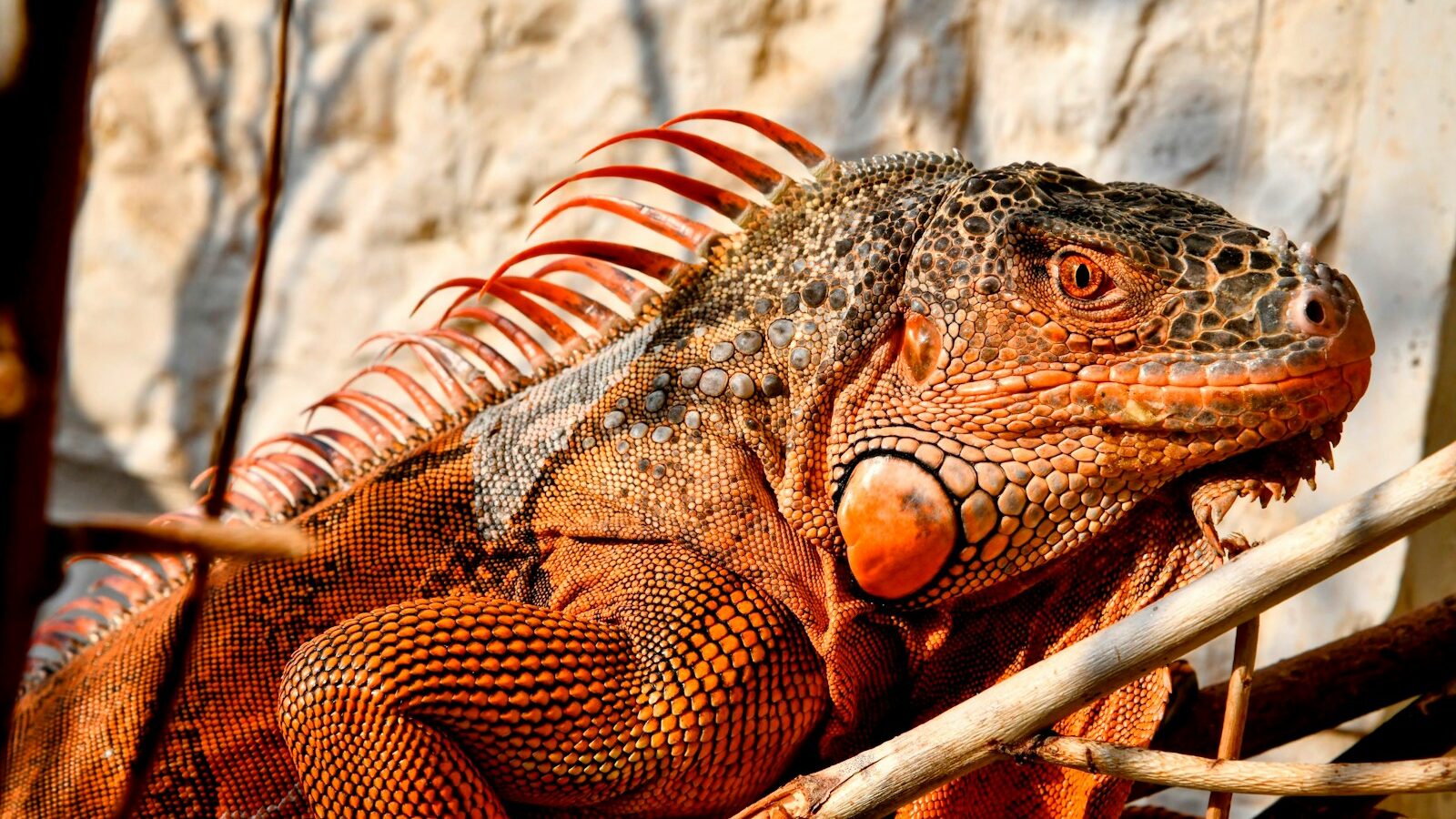







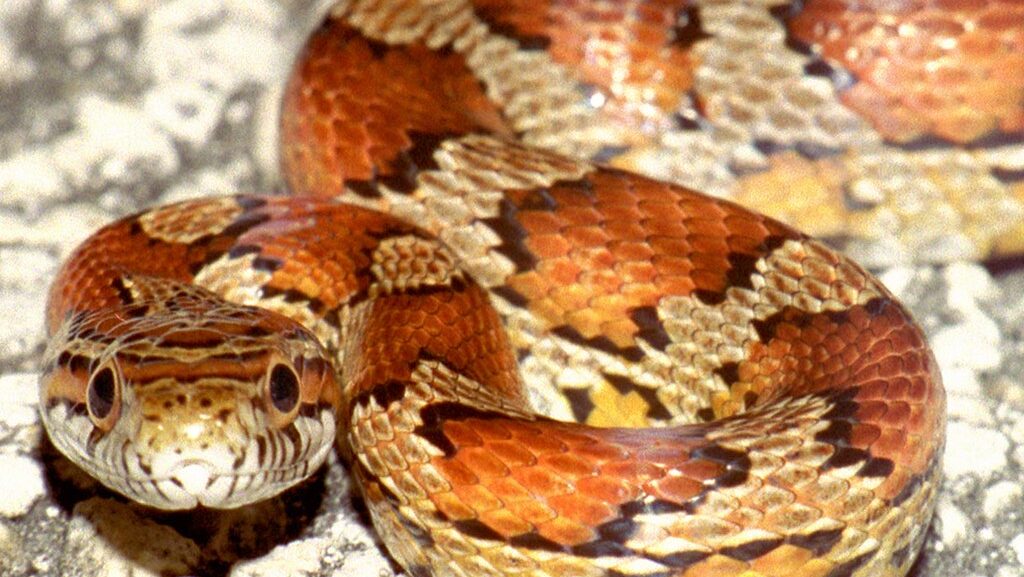
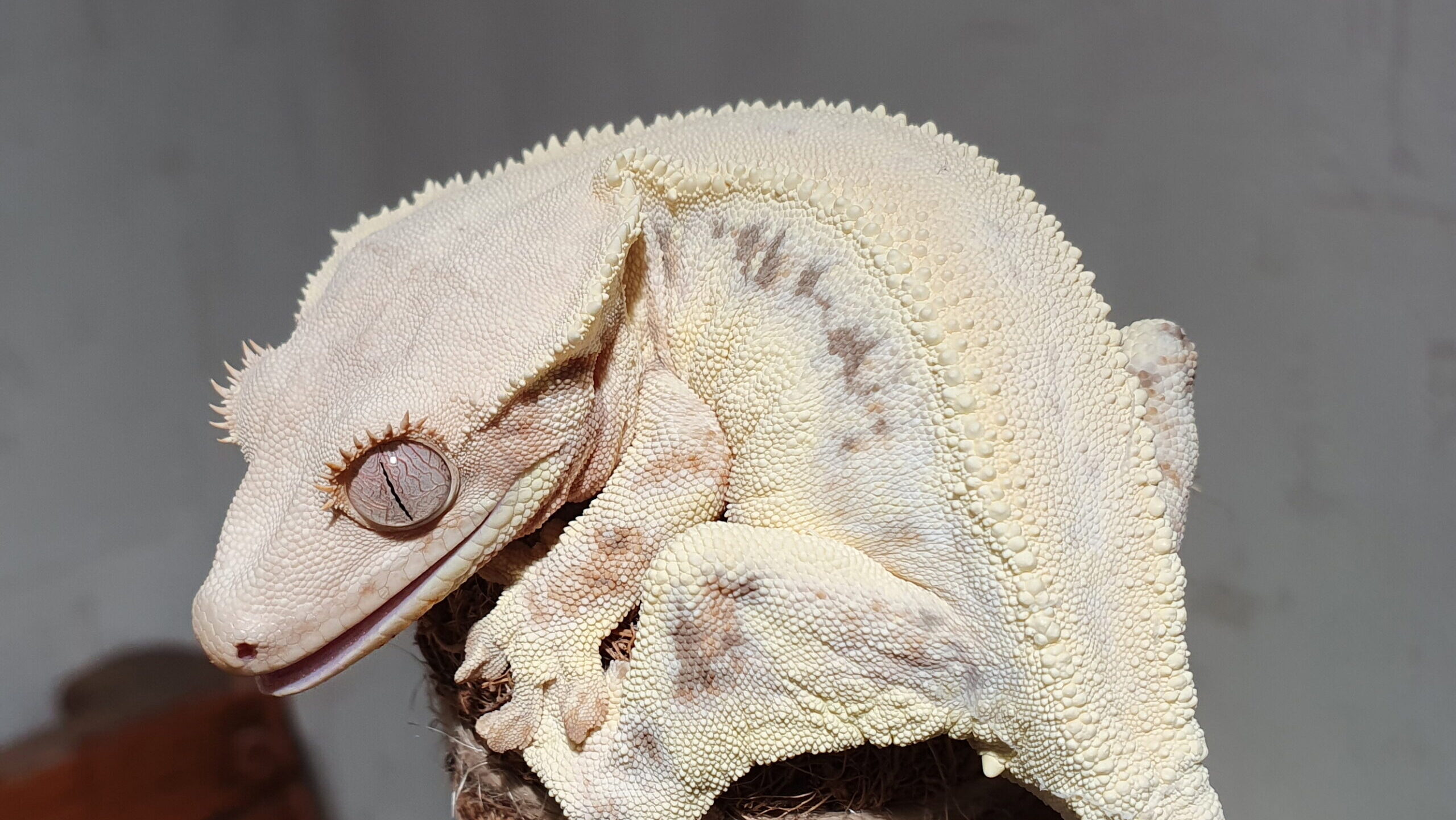





Leave a Reply